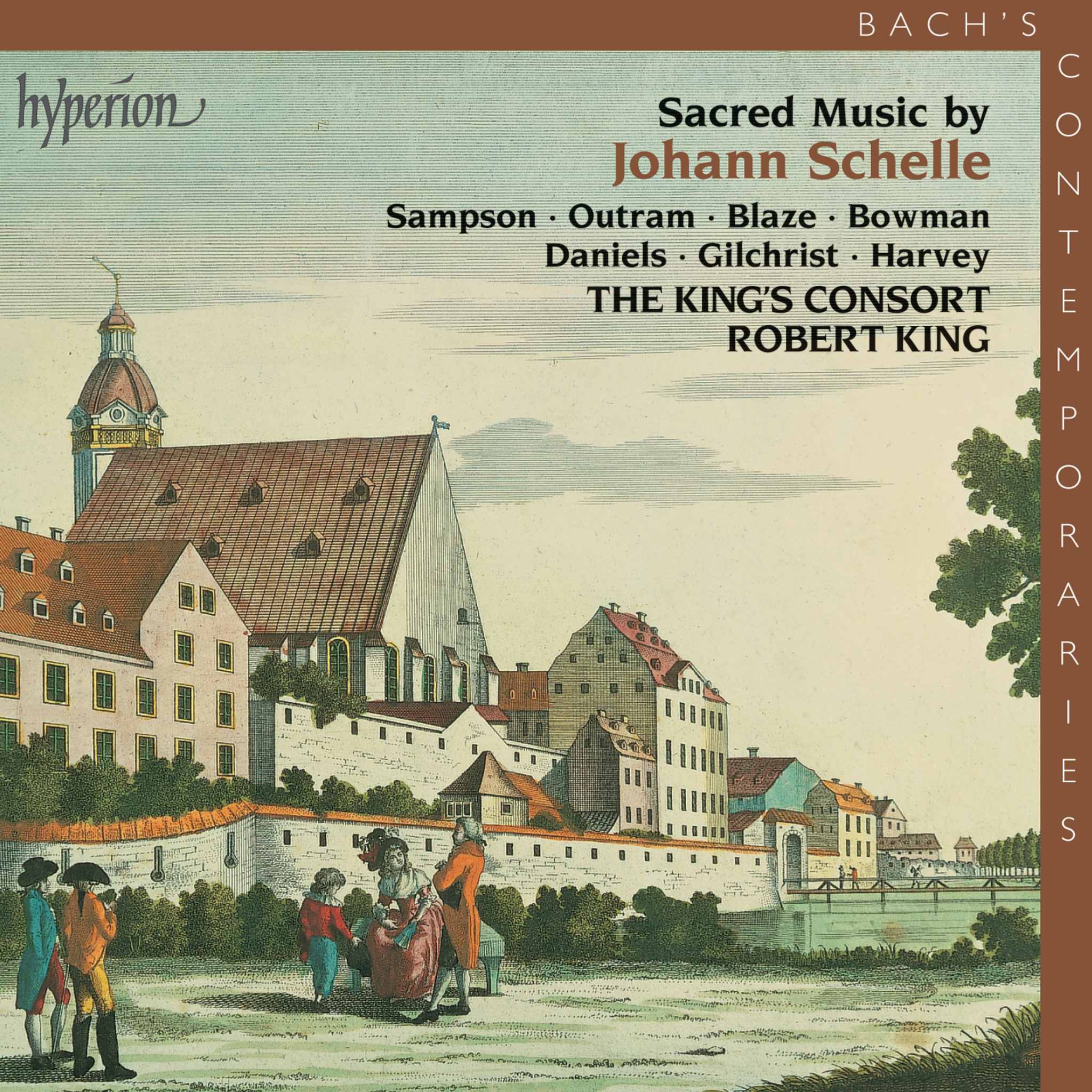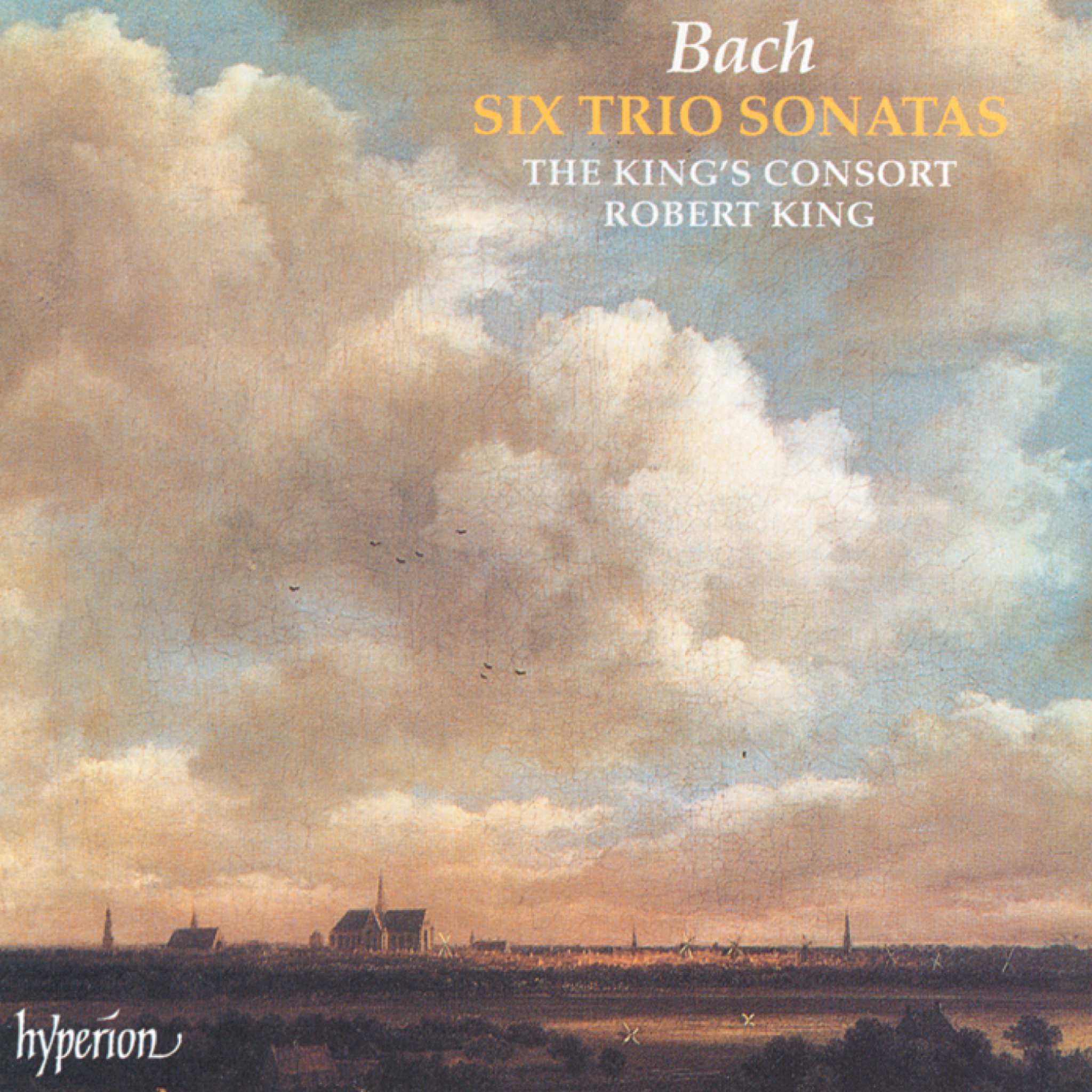Album insights
Over 46 years, Louis Spohr composed ten symphonies that witnessed the transition from classical music of Haydn, Mozart, and Beethoven to the romantic era of Berlioz, Liszt, and Wagner. Spohr's innovative use of chromatic harmony and exploration of form marked him as a significant figure in this evolution. Born in Braunschweig on April 5, 1784, as a young violinist, he swiftly rose to prominence, serving in various capacities across Europe. His musical journey culminated in his appointment as Kapellmeister in Kassel in January 1822.
Spohr's career flourished in Kassel, solidifying his reputation as a leading composer and conductor. His third symphony, completed in March 1828, showcased his transition to a more romantic and free-form style, departing from classical norms. Each movement of the symphony, from the elaborate Andante grave introduction to the expressive Larghetto and the atmospheric Scherzo in c minor, demonstrated Spohr's mastery of orchestration and thematic development. The symphony's Allegro finale, with its triumphant C major tone and vibrant themes, was met with critical acclaim.
Spohr's sixth symphony, a groundbreaking work titled "Historical Symphony in the Style and Taste of Four Different Periods," surprised audiences with its unique structure, reflecting musical eras from Bach and Handel to the contemporary style of 1840. The symphony's evolution mirrored Spohr's interest in historical music, culminating in a fusion of past styles within a modern framework. Despite initial confusion among audiences and critics, Spohr's innovative efforts were later recognized as pioneering in incorporating diverse musical influences.
Schumann's renowned review praised Spohr's sixth symphony for its distinctive blend of styles and the composer's creative imagination. Spohr's experimentation with historical themes and musical forms brought a fresh perspective to classical composition, leaving a lasting impact on the symphonic repertoire of the 19th century. Subsequent performances and adaptations by renowned musicians, including Mendelssohn and Wagner, solidified the symphony's status as a timeless masterpiece in the annals of classical music.







